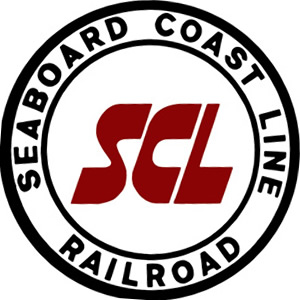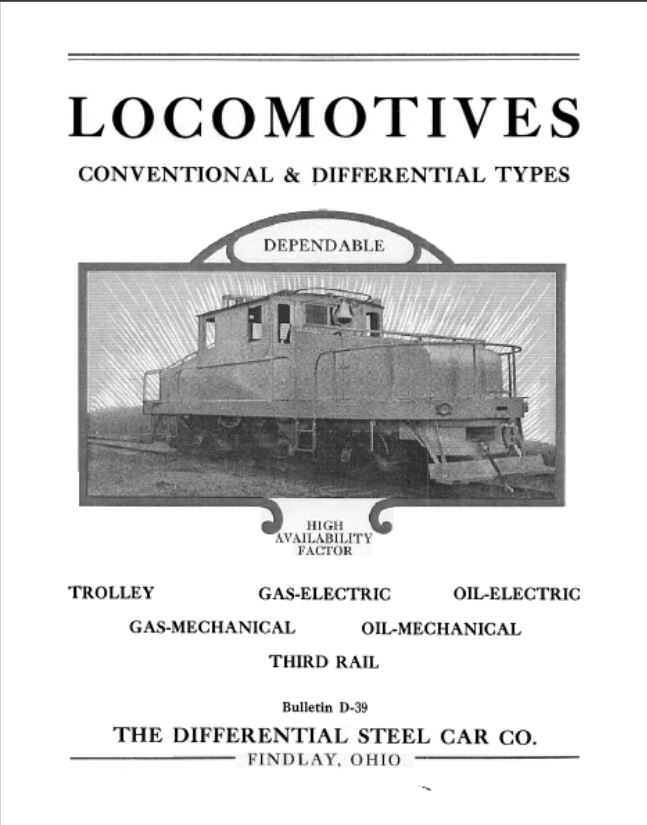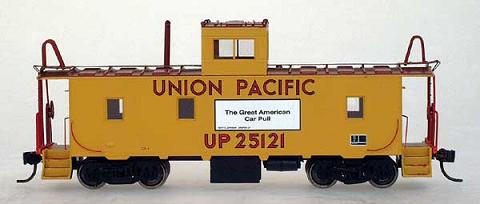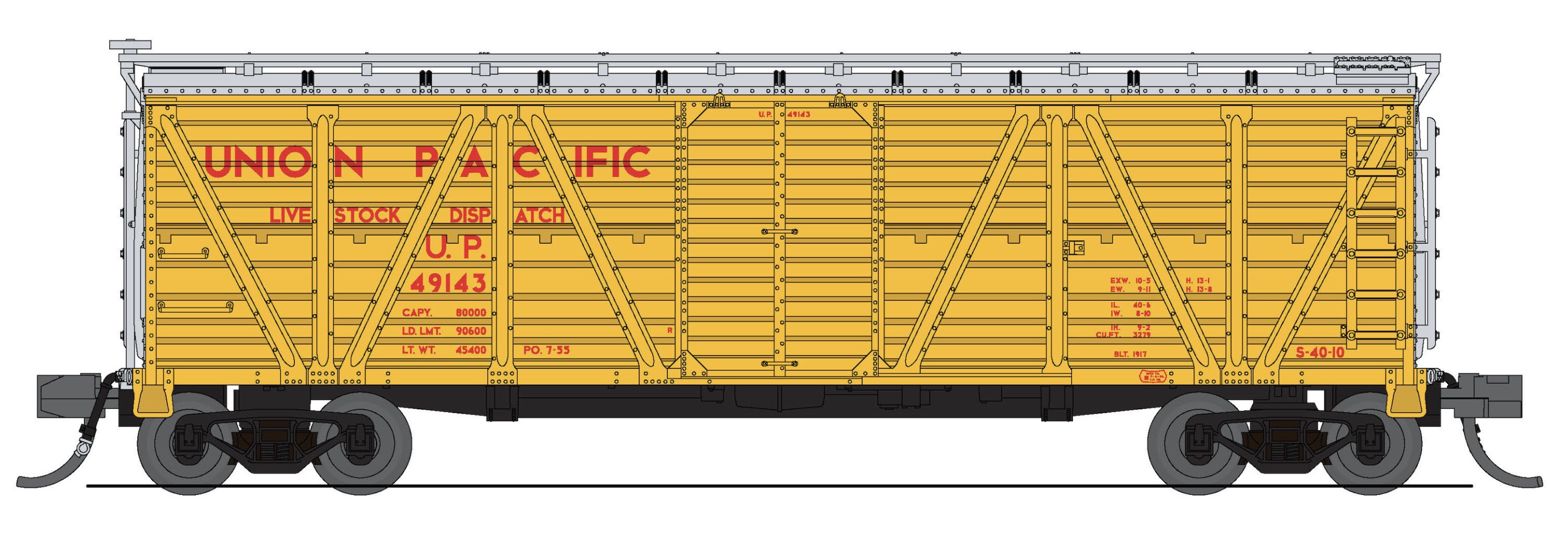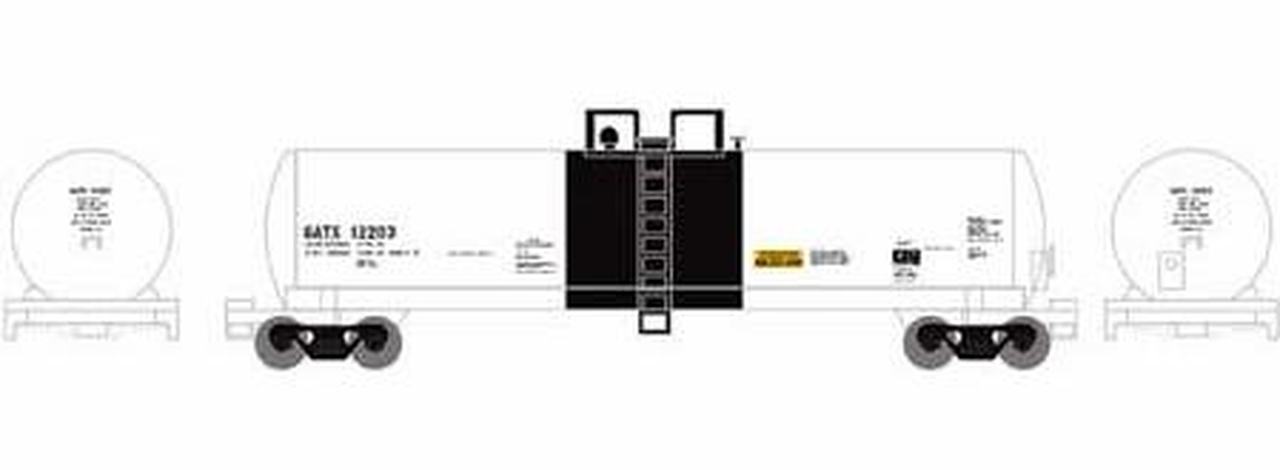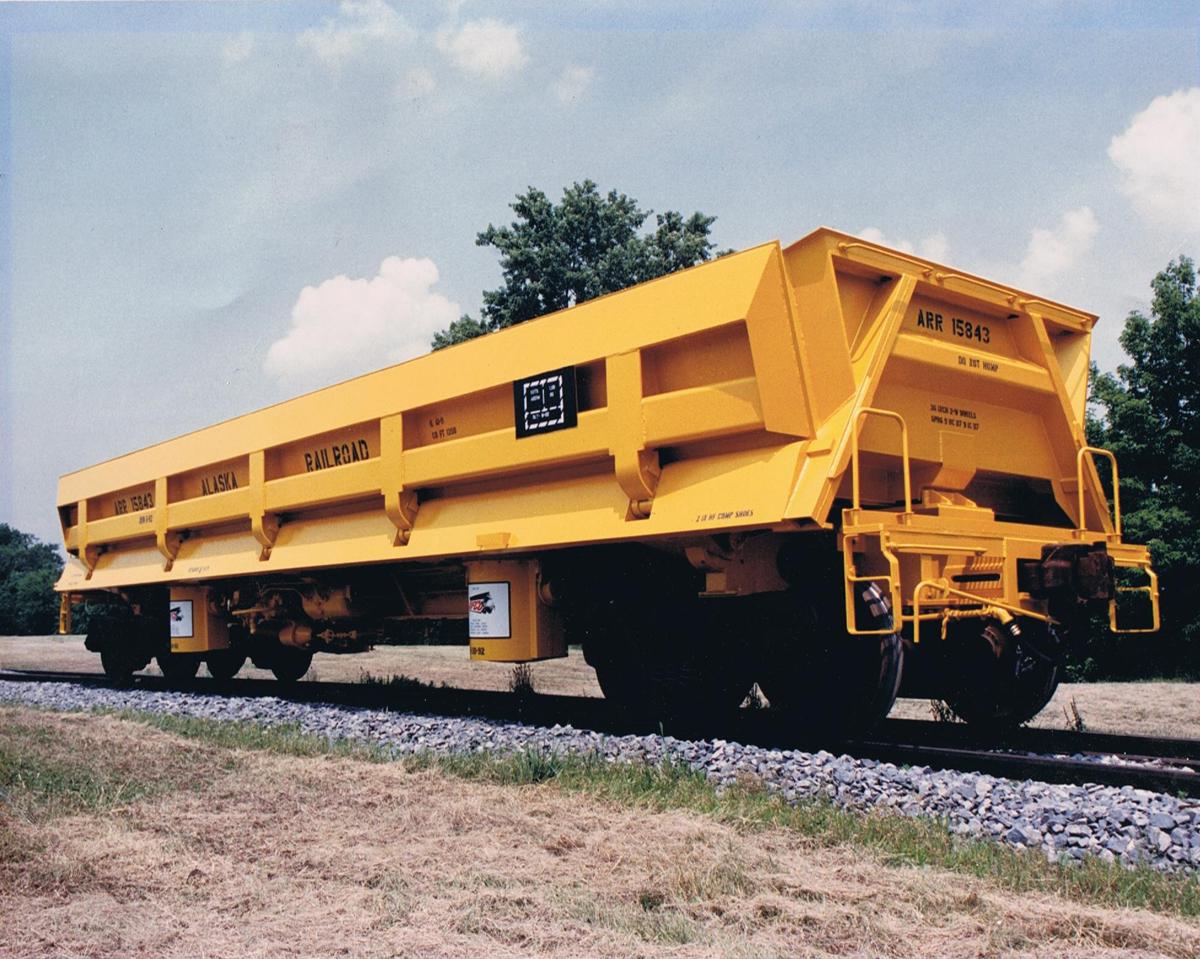Specific Item Information: The Atlas Difco Side-Dump Car is an integral part of any work train. The railroad equivalent of a dump truck, the Difco car is designed to carry up to 100 tons of ballast, fill or rip rap. Each prototype car is fitted with large pneumatic cylinders and side doors, and can dump to the left or right of the tracks. While used primarily in work train service for dumping, Difco Side-Dump Cars can also be used in revenue service to carry sand, gravel, cinders, coal, limestone and other loose bulk materials used in industry. This car features a detailed injection-molded body, accurate decoration, appropriate 100-ton roller bearing trucks and magnetic knuckle couplers.
Model Information: First released in February 2007. Re-run several times.
Walthers ready-to-run N Scale Difco Dump Cars feature a detailed, injection-molded styrene body mounted on a heavy diecast metal chassis with realistic hydraulic cylinder detail for a low center of gravity and reliable tracking. Details include fine-profile end stirrups and factory-installed wire handrails. Each car comes fully assembled and features Accumate® working knuckle couplers mounted on appropriate free-rolling trucks. Cars are available individually and in limited-run three-packs for a total of four roadnumbers per roadname; an undecorated version will also be available.
Matching Rip Rap Load: Walthers 933-802
Walthers ready-to-run N Scale Difco Dump Cars feature a detailed, injection-molded styrene body mounted on a heavy diecast metal chassis with realistic hydraulic cylinder detail for a low center of gravity and reliable tracking. Details include fine-profile end stirrups and factory-installed wire handrails. Each car comes fully assembled and features Accumate® working knuckle couplers mounted on appropriate free-rolling trucks. Cars are available individually and in limited-run three-packs for a total of four roadnumbers per roadname; an undecorated version will also be available.
Matching Rip Rap Load: Walthers 933-802
Prototype History: These very distinctive cars are the railroad equivalent of a dump truck. Designed to carry up to 100 tons, they are fitted with large pneumatic cylinders and side doors, and can dump to the left or right of the tracks. While used primarily in work train service for dumping ballast, fill and rip rap, they can also be used in revenue service to carry sand, gravel, cinders, coal, limestone and other loose bulk materials used in industry.
Road Name History: The Seaboard Coast Line Railroad (reporting mark SCL) is a former Class I railroad company operating in the Southeastern United States beginning in 1967. Its passenger operations were taken over by Amtrak in 1971. Eventually the railroad was merged with its affiliate lines to create the Seaboard System in 1983.
At the end of 1970 SCL operated 9230 miles of railroad, not including A&WP-Clinchfield-CN&L-GM-Georgia-L&N-Carrollton; that year it reported 31293 million ton-miles of revenue freight and 512 million passenger-miles.
The Seaboard Coast Line emerged on July 1, 1967, following the merger of the Seaboard Air Line Railroad with the Atlantic Coast Line Railroad. The combined system totaled 9,809 miles (15,786 km), the eighth largest in the United States at the time. The railroad had $1.2 billion in assets and revenue with a 54% market share of rail service in the Southeast, facing competition primarily from the Southern.
On November 1, 1980, CSX Corporation was created as a holding company for the Family Lines and Chessie System Railroad. In 1983 CSX combined the Family Lines System units as the Seaboard System Railroad and later became CSX Transportation when the former Chessie units merged with the Seaboard in December 1986. Effective January 1, 1983, the Seaboard Coast Line Railroad became Seaboard System Railroad after a merger with the Louisville and Nashville Railroad and Clinchfield Railroad. For some years prior to this, the SCL and L&N had been under the common ownership of a holding company, Seaboard Coast Line Industries (SCLI), the company's railroad subsidiaries being collectively known as the Family Lines System which consisted of the L&N, SCL, Clinchfield and West Point Routes. During this time, the railroads adopted the same paint schemes but continued to operate as separate railroads.
Read more on Wikipedia.
At the end of 1970 SCL operated 9230 miles of railroad, not including A&WP-Clinchfield-CN&L-GM-Georgia-L&N-Carrollton; that year it reported 31293 million ton-miles of revenue freight and 512 million passenger-miles.
The Seaboard Coast Line emerged on July 1, 1967, following the merger of the Seaboard Air Line Railroad with the Atlantic Coast Line Railroad. The combined system totaled 9,809 miles (15,786 km), the eighth largest in the United States at the time. The railroad had $1.2 billion in assets and revenue with a 54% market share of rail service in the Southeast, facing competition primarily from the Southern.
On November 1, 1980, CSX Corporation was created as a holding company for the Family Lines and Chessie System Railroad. In 1983 CSX combined the Family Lines System units as the Seaboard System Railroad and later became CSX Transportation when the former Chessie units merged with the Seaboard in December 1986. Effective January 1, 1983, the Seaboard Coast Line Railroad became Seaboard System Railroad after a merger with the Louisville and Nashville Railroad and Clinchfield Railroad. For some years prior to this, the SCL and L&N had been under the common ownership of a holding company, Seaboard Coast Line Industries (SCLI), the company's railroad subsidiaries being collectively known as the Family Lines System which consisted of the L&N, SCL, Clinchfield and West Point Routes. During this time, the railroads adopted the same paint schemes but continued to operate as separate railroads.
Read more on Wikipedia.
Brand/Importer Information: In 1924 Stephan Schaffan, Sr. founded the Atlas Tool Company in Newark, New Jersey. In 1933 his son, Stephan Schaffan, Jr., came to work for his father at the age of sixteen. Steve Jr. built model airplanes as a hobby and frequented a local hobby shop. Being an enterprising young man, he would often ask the owner if there was anything he could do to earn some extra spending money. Tired of listening to his requests, the hobby-store owner threw some model railroad track parts his way and said, "Here, see if you can improve on this".
In those days, railroad modelers had to assemble and build everything from scratch. Steve Jr. created a "switch kit" which sold so well, that the entire family worked on them in the basement at night, while doing business as usual in the machine shop during the day.
Subsequently, Steve Jr. engineered the stapling of rail to fiber track, along with inventing the first practical rail joiner and pre-assembled turnouts and flexible track. All of these products, and more, helped to popularize model railroading and assisted in the creation of a mass-market hobby. The budding entrepreneur quickly outgrew the limitations of a basement and small garage operation. Realizing they could actually make a living selling track and related products, Steve and his father had the first factory built in Hillside, New Jersey at 413 Florence Avenue in 1947. On September 30, 1949, the Atlas Tool Company was officially incorporated as a New Jersey company.
In 1985, Steve was honored posthumously for his inventions by the Model Railroad Industry Association and was inducted into the Model Railroad Industry Hall of Fame in Baltimore, Maryland. In addition, Steve was nominated and entered into the National Model Railroad Association Pioneers of Model Railroading in 1995.
In the early 1990s, the Atlas Tool Company changed its name to Atlas Model Railroad Company, Inc.
In those days, railroad modelers had to assemble and build everything from scratch. Steve Jr. created a "switch kit" which sold so well, that the entire family worked on them in the basement at night, while doing business as usual in the machine shop during the day.
Subsequently, Steve Jr. engineered the stapling of rail to fiber track, along with inventing the first practical rail joiner and pre-assembled turnouts and flexible track. All of these products, and more, helped to popularize model railroading and assisted in the creation of a mass-market hobby. The budding entrepreneur quickly outgrew the limitations of a basement and small garage operation. Realizing they could actually make a living selling track and related products, Steve and his father had the first factory built in Hillside, New Jersey at 413 Florence Avenue in 1947. On September 30, 1949, the Atlas Tool Company was officially incorporated as a New Jersey company.
In 1985, Steve was honored posthumously for his inventions by the Model Railroad Industry Association and was inducted into the Model Railroad Industry Hall of Fame in Baltimore, Maryland. In addition, Steve was nominated and entered into the National Model Railroad Association Pioneers of Model Railroading in 1995.
In the early 1990s, the Atlas Tool Company changed its name to Atlas Model Railroad Company, Inc.
Item created by: CNW400 on 2021-08-06 10:52:36
If you see errors or missing data in this entry, please feel free to log in and edit it. Anyone with a Gmail account can log in instantly.
If you see errors or missing data in this entry, please feel free to log in and edit it. Anyone with a Gmail account can log in instantly.




